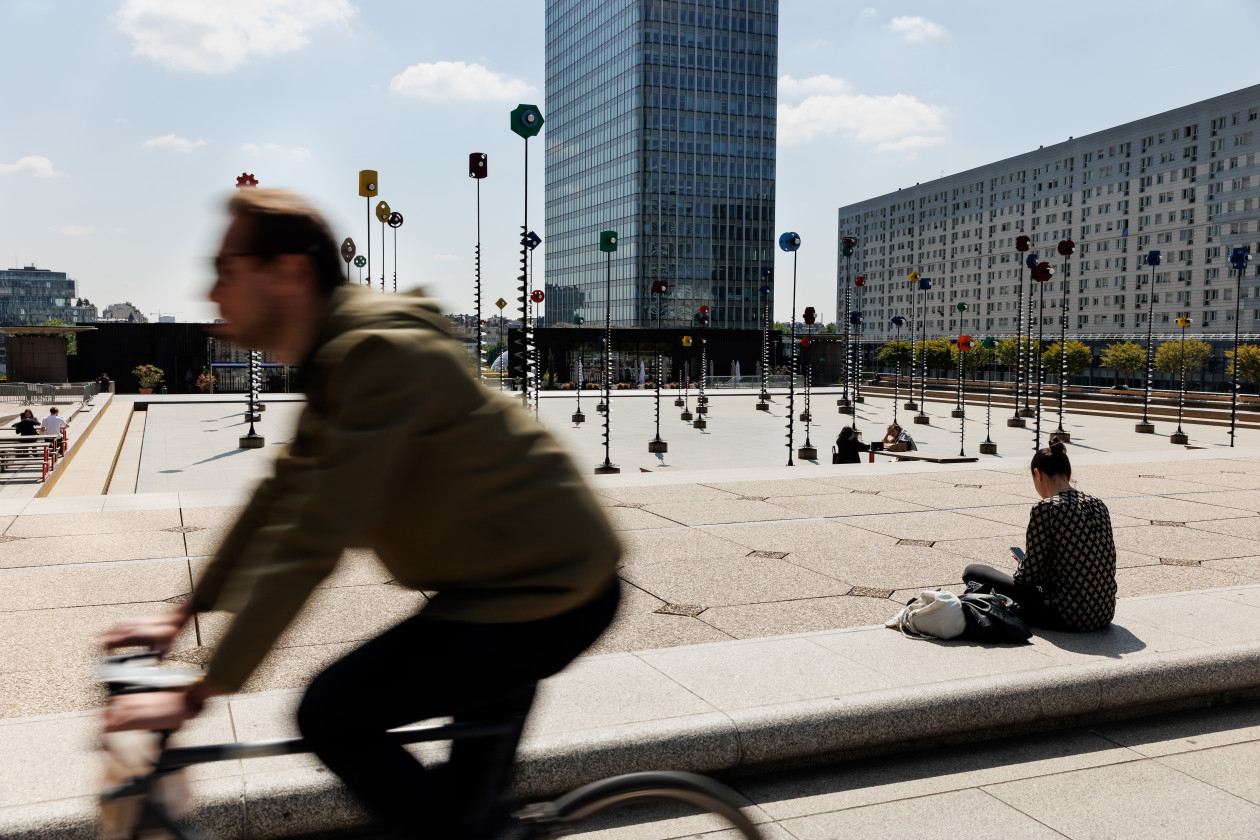Streamlined commutes
The average return commute for residents in the Paris area is 68 minutes. The main culprit is a spoked transport system that requires riders to pass through Paris, even when they're travelling from one suburb to another.
Configured as a small ring and a large ring, the four new metro lines (15, 16, 17, and 18) plus the extension of existing line 14 will shorten the daily commutes of close to 3 million people. With 200 km of tracks, the Grand Paris Express will serve :
- The main business districts: La Défense, La Plaine Saint-Denis,
- The major hubs of science and higher learning: Paris-Saclay, Institut Gustave-Roussy, La Cité Descartes
- Three key regional airports: Charles de Gaulle, Orly, Le Bourget
- Three high-speed train stations: Massy-Palaiseau, Versailles-Chantiers, and Charles de Gaulle.
In all, 130 universities and higher learning institutions, 408 healthcare centres, and 656 cultural venues will be within a 10-minute walk of the future stations.
A new metro in Greater Paris to fight social inequality
From Clichy-sous-Bois to Bagneux and Villejuif to Massy, 42 stations are within 800 metres of city-designated disadvantaged areas (priority districts). The arrival of the metro is a momentous event for these residents. There will be 11 times more job offers 45 minutes away from the Clichy-Montfermeil station by public transport.
The Grand Paris Express will bring with it urban development projects offering new activities and job opportunities in these neighbourhoods. These development projects will lead to greater diversity in housing, commerce, and services.
The new metro will also provide access to public transport in the Paris region that currently has little or poor service, for example Thiais, Rungis, and Plateau de Saclay in the outer suburbs which is already home to several companies, engineering schools, and research centres.
13 station neighbourhoods…
In 13 station neighbourhoods, half the residences are rented public housing units.
A project to solve environmental challenges
The new metro offers many connections with the existing transport system, so it will be an alternative option to cars for daily commutes.
Development projects around the stations will also encourage people to walk or cycle to the metro.
The areas around the stations will be home to low-carbon, energy-efficient real estate projects (natural building materials, ecodesign, heating standards, etc.). This new housing stock will curb urban sprawl and reduce human encroachment on land in the Ile-de-France region.
The new metro will cut CO2 emissions by at least 14.2 million tonnes of CO2 equivalent in 2050, or 20 years after it is commissioned. This saving is between 3 to 5 times greater than the emissions generated by the metro’s construction and operation.
© Matthias Orsi
These pages may interest you
68 new stations are coming to Ile-de-France. Each one will transform their surrounding areas and create opportunities for more sustainable and greener development projects.
What we are doing to prevent and limit the environmental impacts of the constructing the new metro.
